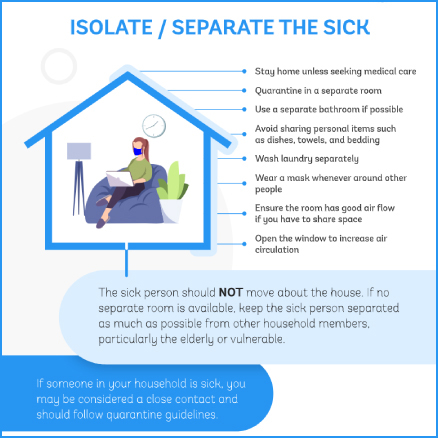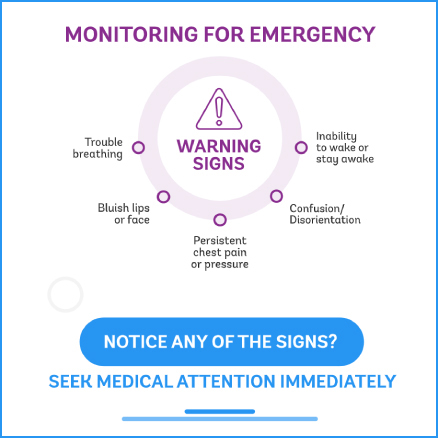In our previous blog, we discussed the importance of designing effective job aids to enhance performance and support cognitive capabilities. Building on that foundation, in this blog, we delve into a real-world application of performance-focused job aid design, showcasing how Upside Learning helped a client successfully implement a ‘return to work’ program post-Covid-19 pandemic.
Performance support via job aids means creating a resource people can use ‘in the moment’ to achieve outcomes that don’t require learning. In this case, the client was looking to provide their employees with support after the days of the Covid-19 pandemic. They had a ‘return to work’ program that they were instituting and wanted to make it a success.
Their goals were severalfold. They wanted to help people understand the new policies and procedures. Another issue was making sure folks weren’t anxious but instead ready to follow the approach. They also wanted folks to be able to implement the policies and procedures appropriately. That latter was a natural situation for the use of job aids.
There were several components to the solution Upside Learning provided. The overarching program was one of messaging the processes, motivating them as well as developing capability. Content about the changes, informative and motivational, was one component. These were developed and delivered as small videos. Scenarios were a component for the capability. Here we detail the job aid component.
Process
Following a good job aid procedure, specific needs were evaluated. It was recognized that there was a considerable quantity of different points for each major category: being sick yourself, caring for others, and warning signs. Thus, a goal was to create a resource for each situation.
An important point is visual design. To properly convey the necessary information, it is necessary to have the elements aggregated yet individually perceptible. This was the case for each of the elements.
In this case, three situations were considered. One is how to deal with a sick person in your residence. The general quarantine recommendations were here about how to keep them from contaminating others. The second was how to care for oneself if infected, and this went into steps to take. The third covered what to check if something is wrong enough to access assistance.
Results
The actual implementation of the necessary policies were supported with job aids. Here, the goal was to make available a reference for the associated steps with each activity. So, for example, the first resource was how to care for others with active infections. It wasn’t expected that individuals would remember the aspects, but instead be able to use the reference when appropriate. It included all the steps that should be considered.

A second aid was focused on caring for yourself (instead of others). Again, it consisted of a suite of considerations. A third was slightly different. Here, instead of considering how to take care of someone, instead, it focused on possible signs of severe trouble in an infection. It again consisted of things to check, but includes a call to action if warning signs were observed.

Together, these three resources were considered material that client employees could access to stay safe from the effects of COVID-19. As part of the larger program, they provided quick access to information that may well have atrophied after presentation in other forms. It’s an important backstop to the other elements.
In summary, Upside Learning’s approach to developing job aids for the client’s ‘return to work’ program effectively addressed the immediate needs of their employees. By creating targeted resources for dealing with illness, caring for oneself, and recognizing severe symptoms, we ensured that employees had easy access to essential information exactly when they needed it. These aids were integral in reducing anxiety, ensuring compliance with new procedures, and ultimately promoting a safer workplace. To delve deeper into the strategies and methodologies behind performance-focused job aid design, and to explore how you can enhance performance in your own organization, download our eBook “Rethinking Learning: Focus on Performance.” This comprehensive guide provides valuable insights and practical tips to drive success through performance support.

















